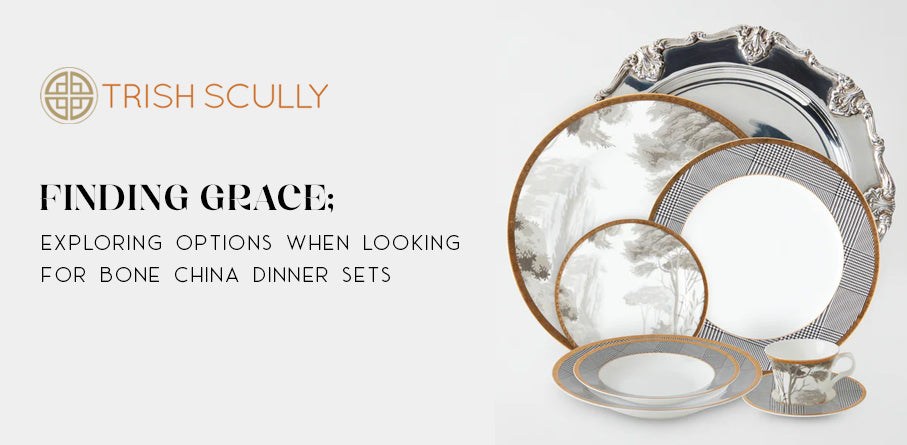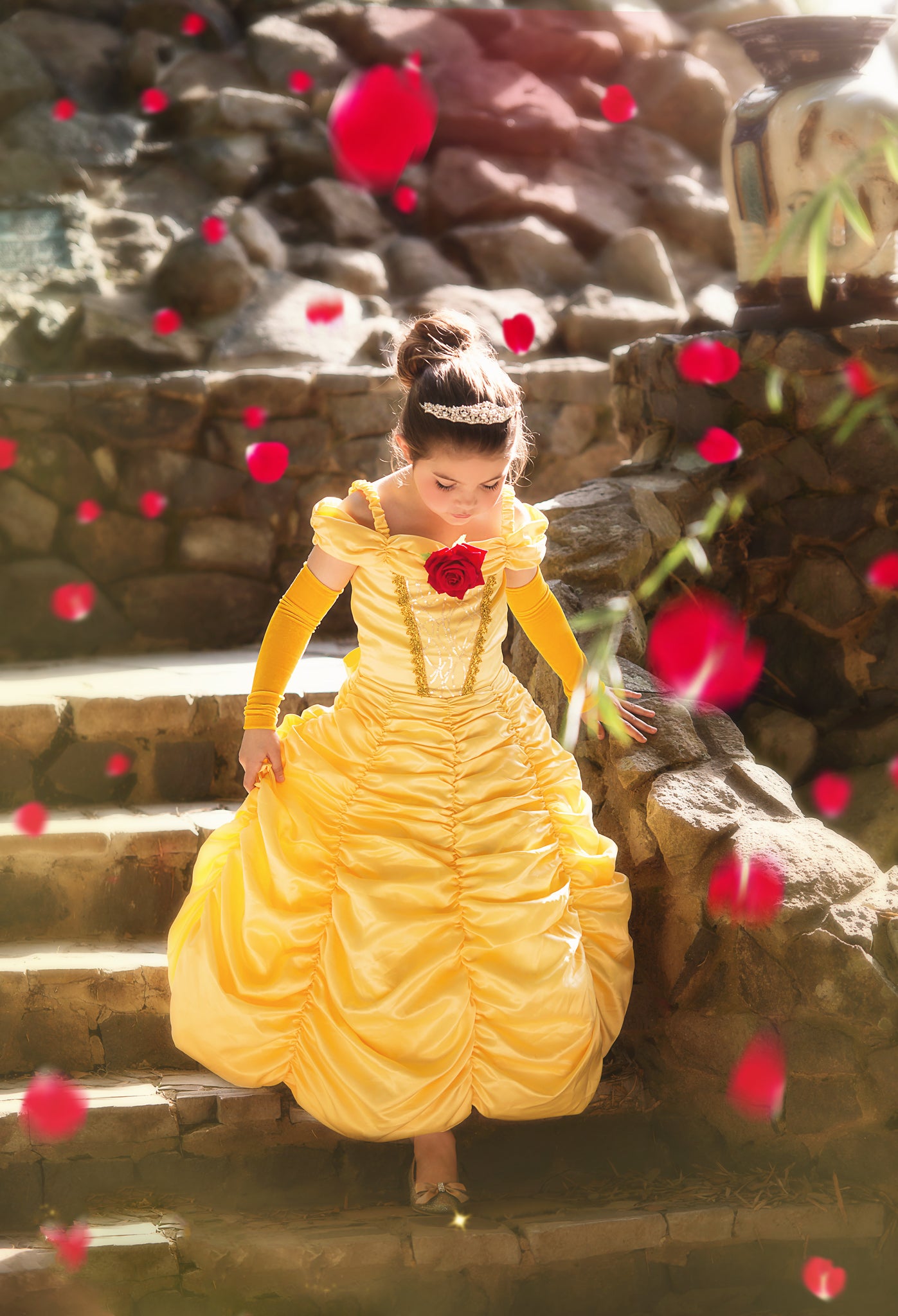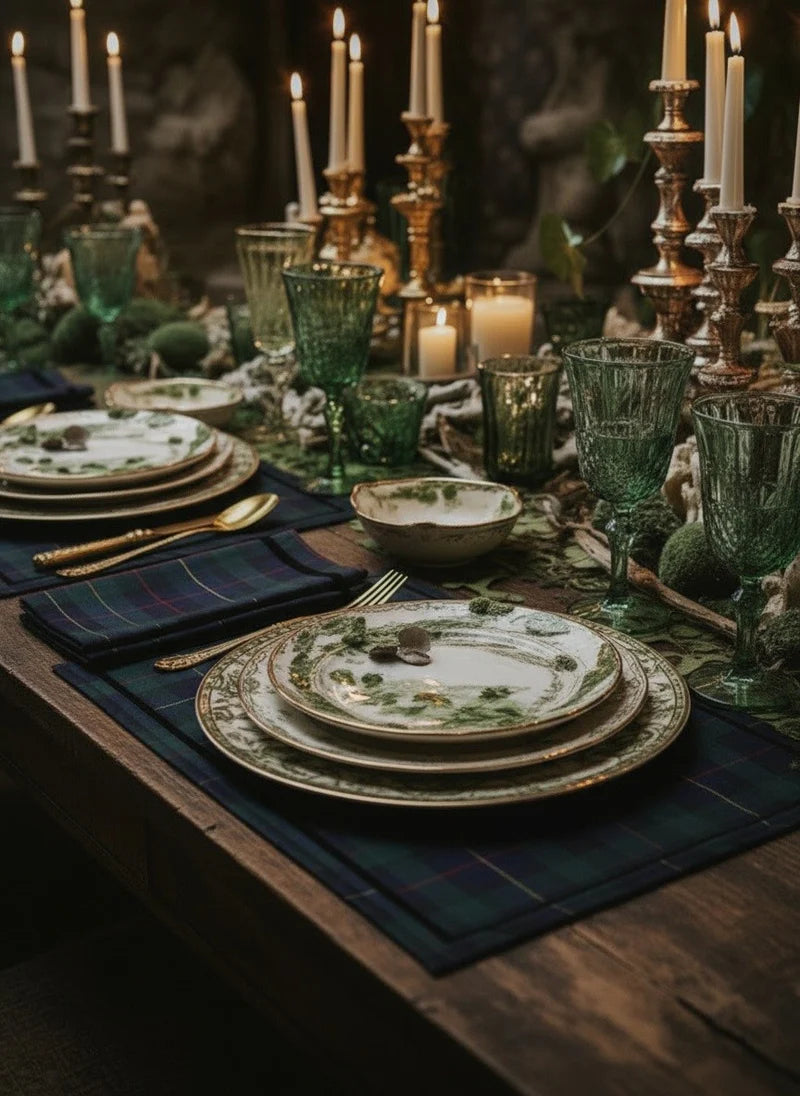
Finding Grace: Exploring Options When Looking for Bone China Dinner Sets
Bone china is considered the most refined and luxurious Dinner Set material and adds a sophisticated, classic, and contemporary design to any dining table, such as a bone china bowl.
The bone china dinner set, defined as "a vessel with a translucent body," is among the strongest types of porcelain or earthenware. It has high mechanical and physical strength and resistance to chipping, and it is known for its high whiteness and translucency.
In the mid-18th century, English potters failed to produce hard porcelain, but they discovered that ashes were a useful addition to their soft porcelain mixtures to add strength. From its initial development to the second half of the 20th century, porcelain China was almost exclusively a British product, and most major British companies either made it or continued to make it. In the 20th century, it began to be produced in other places, including Russia, China, and Japan.
How to Make Bone China Dinner Set
Step 1. Clay Making
How is bone china clay made? To create a slurry, the raw materials are combined in a ball mill with a certain amount of water at a high speed. The entire process of creating slurry requires grinding, which typically takes roughly 24 hours, depending on the size of the particles. The slurry is sieved to remove iron and other impurities, and once the mixture is prepared, it is pumped through a filter press to remove air and water. Forming the mud blocks involves lowering the humidity to around 20%. A huge cutter splits each mud block into several mud discs.
Step 2. Moulding
This stage involves diluting the clay and pouring it into the moulds; we will not be building the moulds for cups, bowls, dinner plates made of bone china, etc., because this needs a high degree of competence. Moulding is the process of creating a product using the mould's form. Different moulding techniques are used depending on the form. Casting is the primary process of forming. Casting techniques are classified into two categories: manual casting and high-pressure casting. Each mould is filled with liquid clay. The walls of the cup are produced as the plaster mould absorbs water. The cups dry after a few hours and may be removed from the moulds without distorting.
Step 3. First shot
After the greenware has dried, it is prepared for the first firing. Unlike traditional porcelain manufacturing, the first firing of Chinese porcelain, known as "biscuit firing," takes place in the oxidizing atmosphere of a biscuit oven at a temperature of approximately 1200 to 1300 degrees Celsius, and the product is baked for more than 15 hours. The green dinner set is aluminized for durability and is white and translucent.
Step 4. Glazing
So what makes bone china so strong? Aside from the ashes, the other thing is the frosting. Think of it as liquid glass that, once heated, forms a very strong protective layer. Chinese porcelain glazes are a mixture of ash and kaolin clay. Since the biscuit (the raw biscuit after the initial firing) is non-absorbent, it must be glazed. The glaze is dipped by hand or machine to protect and decorate the cookie.
Step 5. Brilliant cooking
After the glaze has dried, the product is fired a second time in a glazing oven at over 1000°C for 8 hours. The glazed cookies are placed in saggars to avoid direct exposure to flames. The saggars are stacked on oven carts and put in the tunnel oven. The glaze melts and fuses with the cookies when the temperature rises to 1200 degrees Celsius. All cookie containers that come out of the oven undergo rigorous inspections, and once cooled, the products are checked, imperfections are removed, and only a few are allowed to proceed to the decorating stage.
Step 6. Decoration & Decoration Cooking
Painting, gilding, and hand painting are normal decorating techniques for bone china at Trish Scully. This procedure can be done by hand or machine; if done by hand, the bone china should be cleaned to avoid dust. The artwork is burned at a temperature of 700 to 800 degrees Celsius after ornamentation to permanently sculpt the porcelain's surface and melt the pigments in the glaze.
How to Clean & Maintain bone China Bowl
- Here are some tips for cleaning porcelain Dinner Sets:
- Wash dishes to remove any acidic or sticky food residue
- When hand washing, use a mild liquid detergent and a non-abrasive cloth
- Avoid scratching and breaking your porcelain cutlery by placing it in a fabric-covered storage box.
Also Read - The Graceful Charm of Bone China Dinner Sets
Also Read - How to Get the Most Out of Your Bone China Dinnerware Purchase





